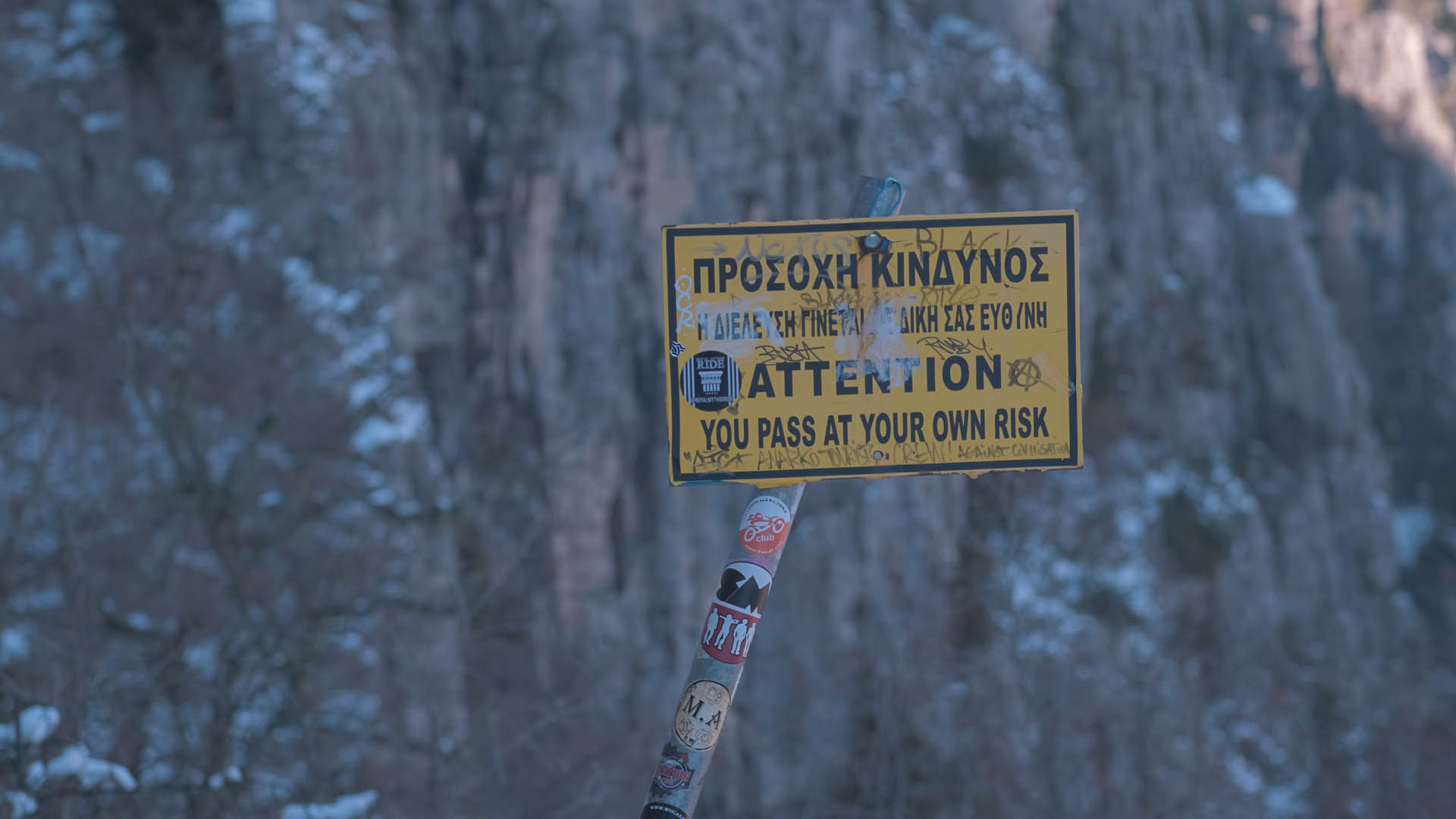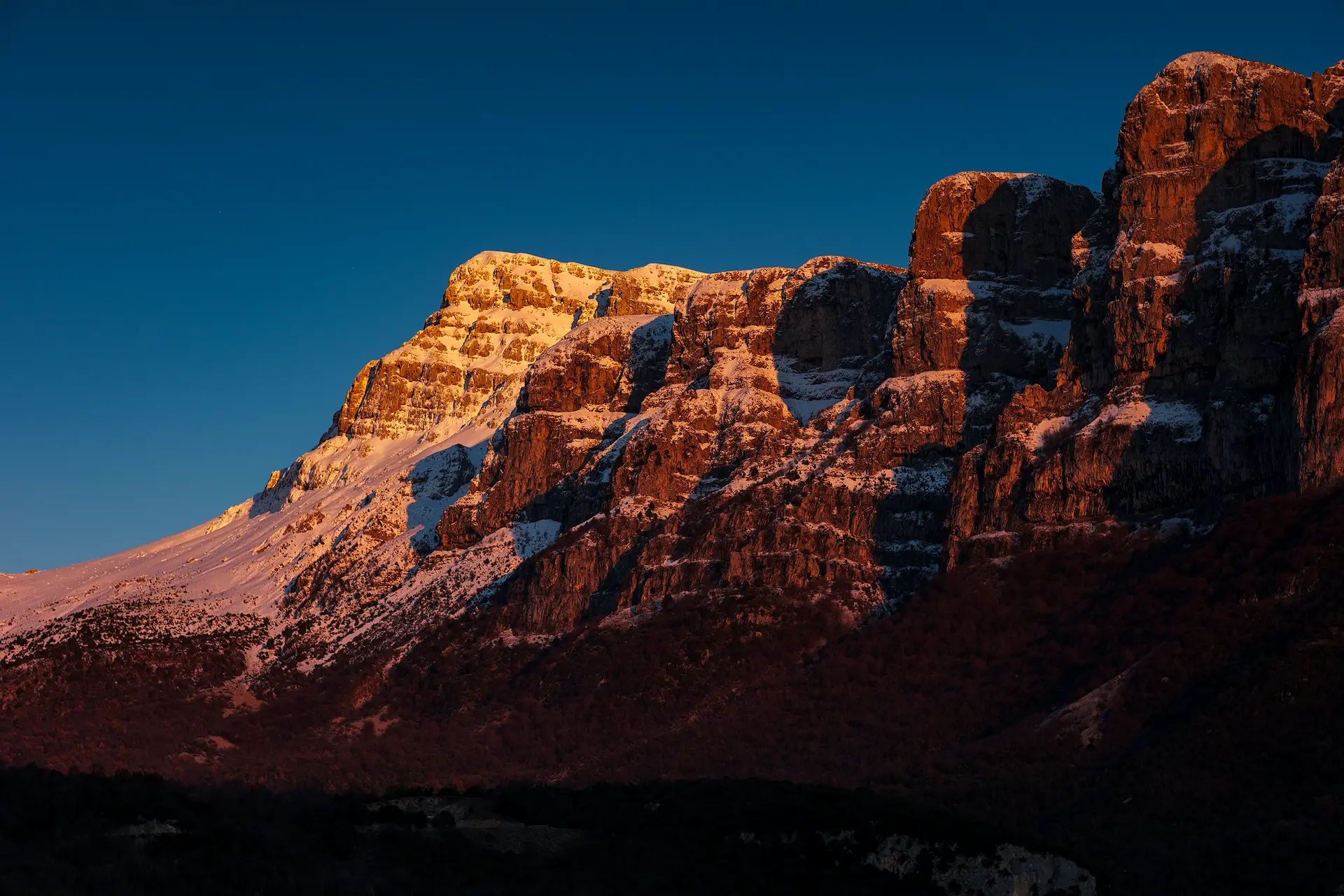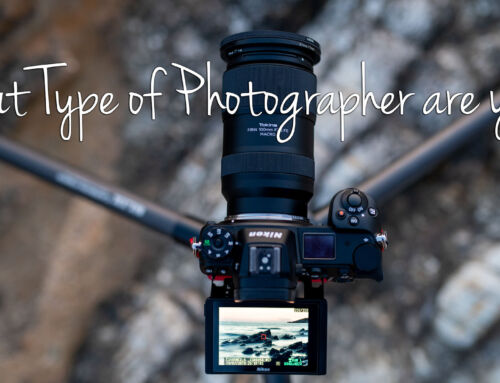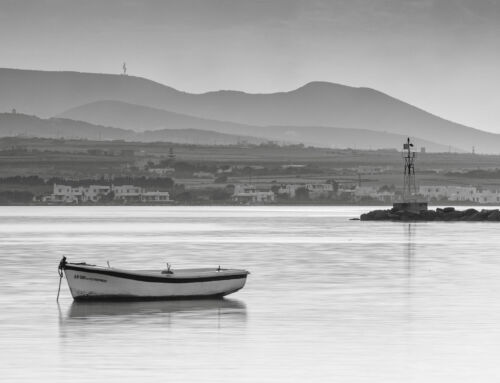2025-01-10 | ***Reading Time: 20 minutes***
For some landscape photographers (including myself) winter offers some amazing photography opportunities.
The snow covered mountains and the heavy sky, even the silence at night in a snowy field, can inspire you to create some amazing photos.
However, the cold is strong and the photographer must feel comfortable out in the field, especially if the plan is to stay out for many hours.
The following tips come from my experience on the countless hours and days I have spend out in cold and frozen environments.
1.Dress for Cold
Comfort and staying warm are the keys to being focused and enjoy the shoot. Cold fingers, wet feet, or bad clothing will ruin your experience.
The key word to stay warm and comfortable, is to layer up. Utilize moisture-wicking base layers, insulating mid-layers, and a waterproof/windproof outer shell. It is also recommended to invest in gloves. Use gloves specifically designed for photography, which offer dexterity but keep your hands warm. Consider mittens with removable fingertips for camera adjustments.
And lastly, don’t forget about your feet, as no matter how good you might be dressed on top, your feet can transfer cold to your whole body.
Use thermal socks help keep your feet from freezing and also waterproof, insulated boots, ideally with good grip to avoid slipping on the ice.

2.Protect your Gear
Severe cold, snow, ice and in general water/extreme humidity might ruin your camera gear or simply make it impossible to work with. So it is very important to protect our precious gear.
A rather inexpensive piece of gear that helps a lot in this situations is a protective rain cover. I strongly recommend to always keep a weatherproof cover on your camera bag so to use it if needed to protect both the camera and lens from moisture, snow and rain.
To prevent lens fogging and moisture condensation, always keep your camera packed in your bag when transitioning from warm to cold and vice versa.
You can also have in your bag those Silica gel pouches, which we often find inside a product packaging. These small pouches can absorb moisture. I always have 2-3 of those inside my camera bag.

If you plan to shoot for an extensive period of time, in example for a timelapse shooting or for astrophotography, and to avoid fogging in the front element of your lens, you can use a dew heater.
This essential tool will gently heat the surface of the lens and keep the optics clear, allowing you to shoot crisp and detailed long exposure images either in day or night without any interruptions due to fogging.

Lastly, cold environments are not the best friends of batteries, as it affects them and they drain rather quickly.
To prevent getting out of power in the middle of a shoot, bring extras with you, and remember to store them somewhere with higher temperature compared to the environment. The most common place is to use your pockets, as your body warmth will help batteries stay in a close-to-optimal temperature.

3.Safety
Winter conditions can be quite unpredictable. The terrain can be tricky to walk, or even icy. If there is lot of snow, keep in mind that you never know what lies underneath the surface. Safety should always come first.
Always watch your steps. Ideally before going down a path, first explore it without carrying your camera bag. If there are hidden surprises, in example a hole, your body will have lower weight compared to being carrying the extra weight of your gear.
Crampons are an essential tool not only for these situations but for hiking in general. If you don’t have crampons with you, you can still use your tripod legs.
No matter if there is signal reception for your mobile phone in the area or not, it is highly advised to tell someone where you plan to be and for how many hours approximately, although for a landscape photographer to know this information before hand seems more likely to winning the jackpot..
Check the weather forecast before arriving in the area and if possible, speak with some locals, they know the area and its weather patterns better than you. They can provide invaluable information that can literally save your life.

Yep, this is me, fallen inside a hidden hole under the snow, while carrying a Cinetics Lynx, a tripod and a Nikon Z7ii with Tokina opera 50mm lens & filters. Also yes, I had a camera setup before to capture me walking back, part of BTS footage.
Safety First
Please remember that no photo worth our lives.
Always take care of yourself and not take the extra step if your gut tells you not to.

4.Shooting Techniques
If you are in a snowy environment, all this white in the environment can trick your cameras metering system, leading (usually) to overexposed images.
If you shoot in Manual mode, check you live histogram if your camera offers this information. If not just take a couple of test shots and find the right exposure.
If you shoot in Aperture mode, use Exposure Compensation dial to prevent your images from blowing out.
In landscape photography it is advised to shoot in RAW so to have the best possible file to work with later in post.
Accurate focus might also be a problem, especially if the only thing that the camera will see is snow. In this case use manual focusing in a part of the scene that has high contrast (i.e. a shadow).

5.Take Care of Yourself
Last but not least, always carry some snacks, chocolate and dry nuts with you. Imagine running out of “fuel” after a long hike in the mountain peak, and you don’t know if you will be able to get back to safety.
Cold weather also makes people often forget to drink water. But it is crucial to stay hydrated no matter what.
Except water, some hot tea or coffee (use a thermos) can boost your morale.

Quite possibly the most delicious chickpeas at the time, after spending more than 6 hours in -5C temperature.
A Note
For me as a landscape photographer and a person who loves being out in nature, the experience always has more value than the captured photos.
Just being out in nature, away from the stress and over-information of the big city.
Being physically out in a serene snowy landscape, hearing the soft crunch of snow underfoot and feeling the cold and crisp winter air can be healing.
The more I enjoy the whole experience, the more the images will reflect this connection.







Leave A Comment